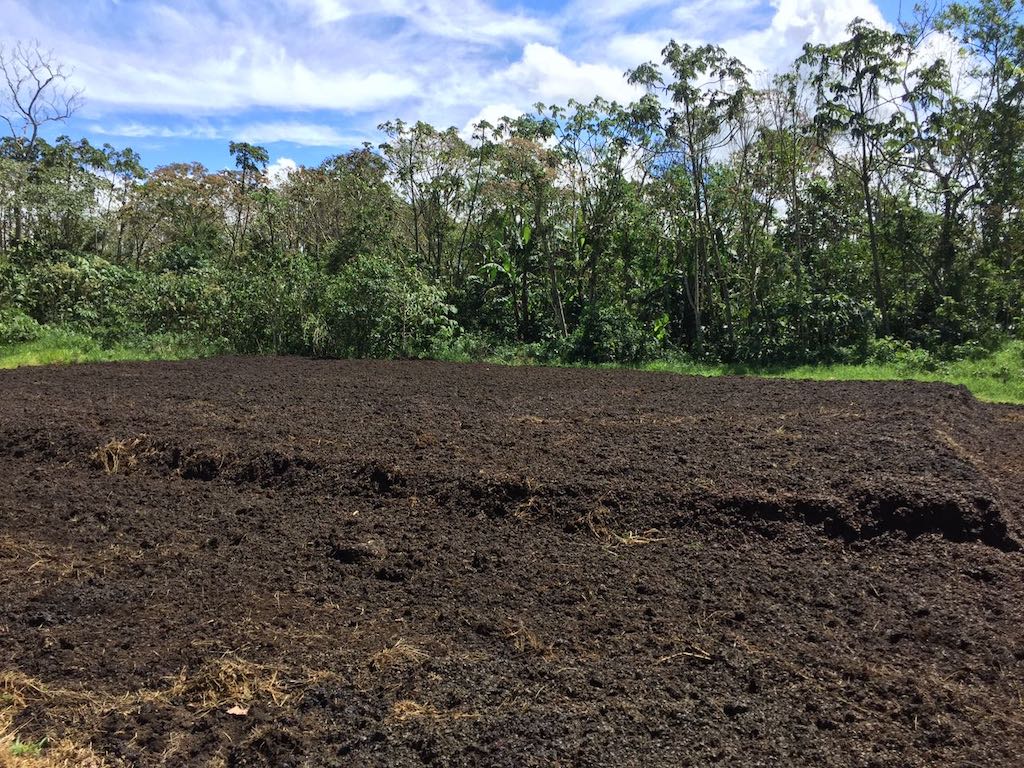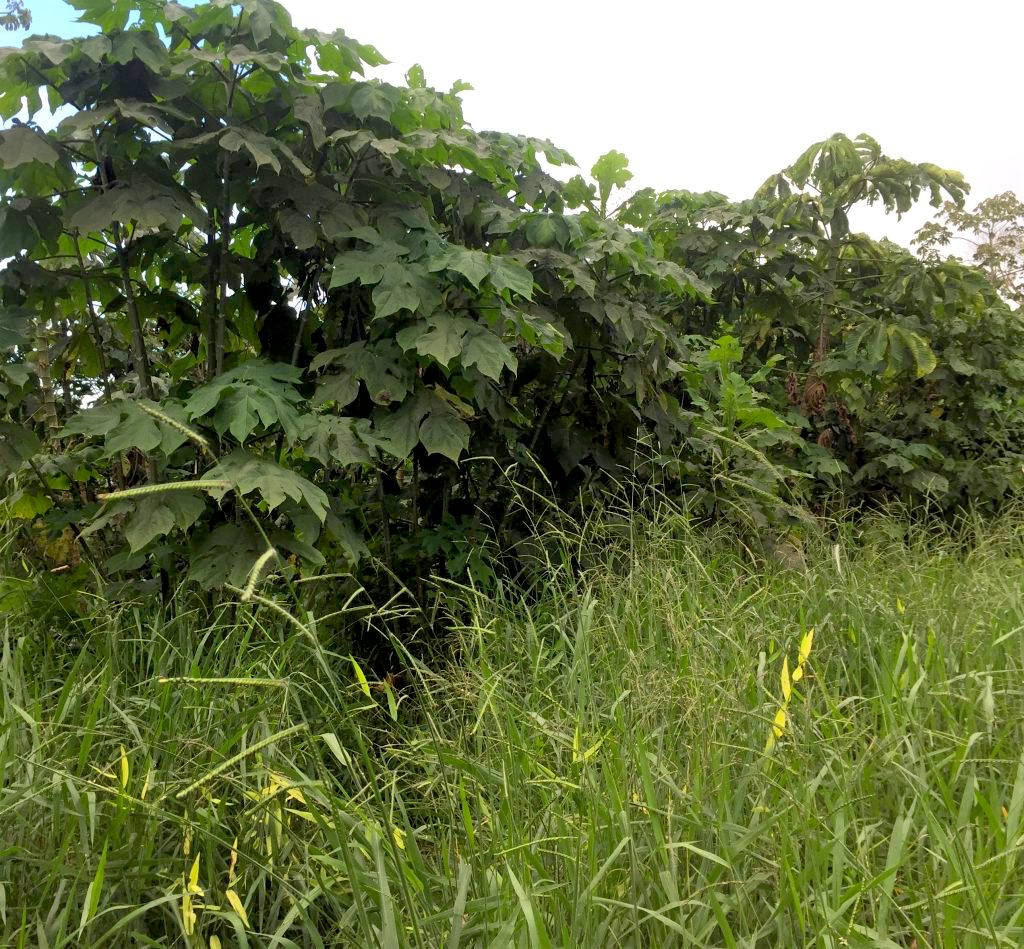4 Mins Read
Coffee pulp, the byproduct of coffee production that ends up as waste, could be upcycled and used to speed up tropical forest recovery. In a new study, scientists found “dramatic” results, with a small forest emerging in post agricultural land just two years after being treated with coffee waste.
Researchers from ETH-Zurich and the University of Hawaii have found that coffee pulp can help accelerate forest recovery on post agricultural lands. The paper, published in the BES peer-reviewed journal Ecological Solutions and Evidence, reveals that just after two years of being treated with coffee pulp, the area they studied in Costa Rica had 80% more canopy cover compared to 20% in the non-treated region of a similar size.
The area that was treated was located in a former farm in Coto Brus county, where rapid land conversion and deforestation in the 1950s had led to a significant reduction in forest cover of 25% by 2014, leaving behind degraded lands.

“The results were dramatic,” said lead author Dr. Rebecca Cole. “The area treated with a thick layer of coffee pulp turned into a small forest in only two years while the control plot remained dominated by non-native pasture grasses.”
The canopy that grew in the coffee pulp treated area was also four times taller than the control area, while eliminating invasive pasture grasses and allowing native pioneer tree species to flourish. These species arrived naturally when winds and animals dispersed the seeds onto the land, allowing them to recolonise the post agricultural area rapidly.
Nutrients such as carbon, nitrogen and phosphorus were also found to be higher in the coffee pulp treated area, a result described as “promising”, given that land that had previously been used for agriculture has usually been degraded with poor soil quality.
The area treated with a thick layer of coffee pulp turned into a small forest in only two years while the control plot remained dominated by non-native pasture grasses.
Dr. Rebecca Cole
“This case study suggests that agricultural by-products can be used to speed up forest recovery on degraded tropical lands,” explained Dr. Cole. “In situations where processing these by-products incurs a cost to agricultural industries, using them for restoration to meet global reforestation objectives can represent a ‘win-win’ scenario.”

Scientists point out that coffee waste could become one of the most cost-effective solutions to restore forests and meet the goals of the Paris climate agreement and prevent the mass ecosystem breakdown as a result of biodiversity loss, in addition to reducing byproduct waste as a result of food production and promoting a circular economy.
In situations where processing these by-products incurs a cost to agricultural industries, using them for restoration to meet global reforestation objectives can represent a ‘win-win’ scenario.
Dr. Rebecca Cole
They say that more research must now be done to scale up their case study, to test the use of coffee waste in larger scale restoration efforts, as well as other degraded landscapes using a variety of agricultural waste products such as orange husks.
“More testing is needed to see if this strategy works across a broader range of conditions,” said Dr. Cole. “Longer-term monitoring would show how the coffee pulp affected soil and vegetation over time. Additional testing can also assess whether there are any undesirable effects from the coffee pulp application.”
“We hope our study is a jumping off point for other researchers and industries to take a look at how they might make their production more efficient by creating links to the global restoration movement,” added Dr. Cole.
Upcycling byproducts from coffee production isn’t a new idea, with some businesses taking to using the waste to create new products. In Australia, Nestlé recently began using cascara husks – the discards from coffee harvesting – and infusing them with natural botanical extracts to create its new line of sustainable drinks.
Other players like Walkers have found new ways to utilise its leftover potato peelings, using the scraps as low-carbon fertiliser for its farms to grow the very potatoes that end up in future bags of crisps.
Lead image courtesy of The Gold Standard.




